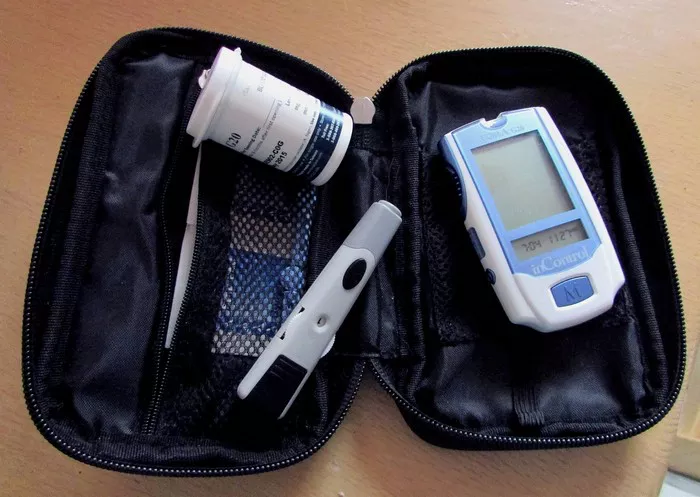Living with diabetes often involves a multifaceted approach to managing blood sugar levels, which may include lifestyle modifications, dietary changes, and, in many cases, medication. While diabetes medications play a crucial role in controlling blood sugar, some individuals may experience side effects that impact their quality of life.
In this comprehensive guide, we’ll explore various diabetes medications and highlight options with the least side effects, empowering individuals with diabetes to make informed decisions about their treatment plans.
Understanding Diabetes Medications
Before delving into specific medications, it’s essential to understand the different classes of diabetes medications and how they work. Diabetes medications aim to lower blood sugar levels through various mechanisms, including increasing insulin production, improving insulin sensitivity, reducing glucose absorption, and decreasing liver glucose production. The choice of medication depends on factors such as the type of diabetes, individual health status, and treatment goals.
1.Metformin
Metformin is often considered the first-line therapy for type 2 diabetes due to its efficacy, safety profile, and minimal risk of hypoglycemia. This oral medication works by decreasing glucose production in the liver, improving insulin sensitivity in peripheral tissues, and reducing intestinal glucose absorption.
While some individuals may experience mild gastrointestinal side effects such as nausea, diarrhea, or abdominal discomfort when starting metformin, these symptoms typically resolve over time. Compared to other diabetes medications, metformin has a relatively low risk of causing hypoglycemia or weight gain, making it a preferred choice for many individuals with type 2 diabetes.
2. SGLT2 Inhibitors
Sodium-glucose cotransporter 2 (SGLT2) inhibitors are a class of oral medications that lower blood sugar levels by inhibiting glucose reabsorption in the kidneys, leading to increased urinary glucose excretion. In addition to their glucose-lowering effects, SGLT2 inhibitors have been shown to provide cardiovascular benefits, including a reduction in the risk of heart failure and cardiovascular death. Common SGLT2 inhibitors include dapagliflozin, empagliflozin, and canagliflozin. While SGLT2 inhibitors are generally well-tolerated, potential side effects may include urinary tract infections, genital yeast infections, and an increased risk of diabetic ketoacidosis, particularly in individuals with type 1 diabetes or those with risk factors such as low insulin levels or dehydration.
3. GLP-1 Receptor Agonists
Glucagon-like peptide-1 (GLP-1) receptor agonists are injectable medications that mimic the effects of GLP-1, a hormone that stimulates insulin secretion, inhibits glucagon release, and promotes satiety. By mimicking the actions of GLP-1, these medications help lower blood sugar levels, reduce appetite, and promote weight loss. Common GLP-1 receptor agonists include exenatide, liraglutide, dulaglutide, and semaglutide.
While GLP-1 receptor agonists may cause gastrointestinal side effects such as nausea, vomiting, or diarrhea, these symptoms typically improve over time. Compared to other diabetes medications, GLP-1 receptor agonists have a lower risk of hypoglycemia and may offer additional cardiovascular benefits.
4. DPP-4 Inhibitors
Dipeptidyl peptidase-4 (DPP-4) inhibitors are oral medications that increase insulin secretion and decrease glucagon secretion in response to elevated blood sugar levels. By inhibiting the enzyme DPP-4, these medications help lower blood sugar levels without causing hypoglycemia or significant changes in body weight.
Common DPP-4 inhibitors include sitagliptin, saxagliptin, linagliptin, and alogliptin. DPP-4 inhibitors are generally well-tolerated, with minimal side effects. However, some individuals may experience mild gastrointestinal symptoms or upper respiratory tract infections.
5. Insulin
Insulin therapy remains a cornerstone of treatment for individuals with type 1 diabetes and some individuals with type 2 diabetes who require additional glycemic control. While insulin is highly effective at lowering blood sugar levels, it carries a risk of hypoglycemia, weight gain, and injection site reactions.
The risk of hypoglycemia can be minimized by carefully titrating insulin doses, monitoring blood sugar levels regularly, and maintaining a balanced diet and exercise regimen. Newer insulin formulations, such as long-acting basal insulins and rapid-acting insulins, offer more predictable blood sugar control and reduced risk of hypoglycemia compared to traditional insulin regimens.
Conclusion
In conclusion, selecting diabetes medications with minimal side effects is essential for optimizing treatment outcomes and enhancing quality of life for individuals living with diabetes. Metformin, SGLT2 inhibitors, GLP-1 receptor agonists, DPP-4 inhibitors, and insulin are among the options available, each offering unique benefits and considerations.
By working closely with healthcare providers to tailor treatment plans to individual needs and preferences, individuals with diabetes can achieve optimal blood sugar control while minimizing the risk of side effects.
Regular monitoring, lifestyle modifications, and ongoing education are essential components of comprehensive diabetes management, empowering individuals to live healthier, happier lives despite the challenges of diabetes.

























